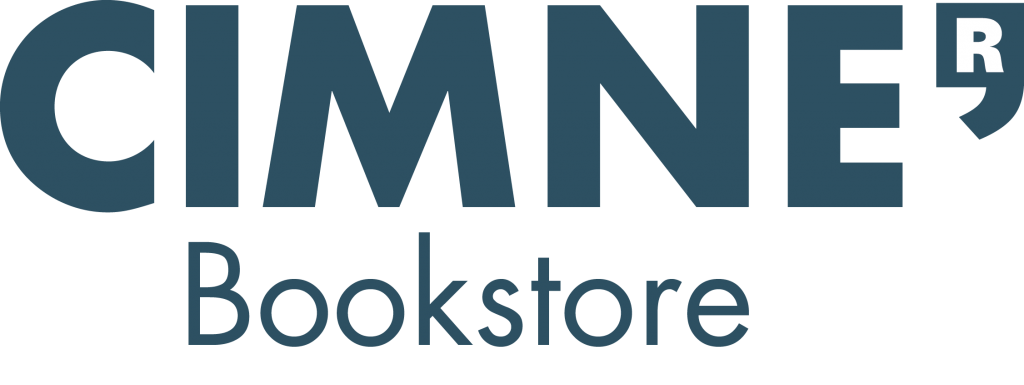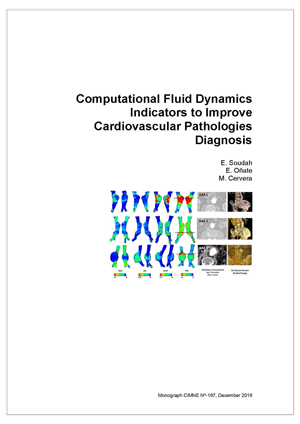Computational Fluid Dynamics Indicators to Improve Cardiovascular Pathologies Diagnosis
FREE!
Editorial: CIMNE
Year of publication: 2016
Pages: 130
Index: 1. Introduction; 2. A Reduced Order Model based on Coupled 1D/3D Finite Element Simulations for an Efficient Analysis of Hemodynamics Problems; 3. CFD Modelling of Abdominal Aortic Aneurysm on Hemodynamic Loads using a Realistic Geometry with CT; 4. Mechanical Stress in Abdominal Aneuryms using Artificial Neural networks; 5. Estimation of Wall Shear Stress using 4D flow Cardiovascular MRI and Computational Fluid Dynamics; 6. Related Work; 7. Conclusions and Future work; Appendix; A Cardiovascular physiology; B Numerical Model; C Python Script; Bibliography
Editorial: CIMNE
Year of publication: 2016
Pages: 130
Index: 1. Introduction; 2. A Reduced Order Model based on Coupled 1D/3D Finite Element Simulations for an Efficient Analysis of Hemodynamics Problems; 3. CFD Modelling of Abdominal Aortic Aneurysm on Hemodynamic Loads using a Realistic Geometry with CT; 4. Mechanical Stress in Abdominal Aneuryms using Artificial Neural networks; 5. Estimation of Wall Shear Stress using 4D flow Cardiovascular MRI and Computational Fluid Dynamics; 6. Related Work; 7. Conclusions and Future work; Appendix; A Cardiovascular physiology; B Numerical Model; C Python Script; Bibliography
Description
In recent years, the study of computational hemodynamics within anatomically complex vascular regions has generated great interest among clinicians. The progress in computational fluid dynamics, image processing and high-performance computing have allowed us to identify the candidate vascular regions for the appearance of cardiovascular diseases and to predict how this disease may evolve. In this monograph we attempt to introduce into medicine the computational predictive paradigm that has been used in engineering for many years. Several groups have tried to create predictive models for cardiovascular pathologies, but they have not yet begun to use them in clinical practice. Our final aim is to go further and obtain predictive variables to be used in the clinical field.
We try to predict the evolution of aortic abdominal aneurysm, aortic coarctation and coronary artery disease in a personalized way for each patient. We propose diagnostic indicators that can improve the diagnosis and predict the evolution of the disease more efficiently than the methods used until now. In particular, a new methodology for computing diagnostic indicators based on computational hemodynamics and medical imaging is proposed. We have worked with data of anonymous patients to create real predictive technology that will allow us to continue advancing in personalized medicine and generate a more sustainable health systems. The objective of this monograph is therefore to develop predictive models for cardiovascular pathologies by merging medical imaging and computational techniques at a clinical level.

